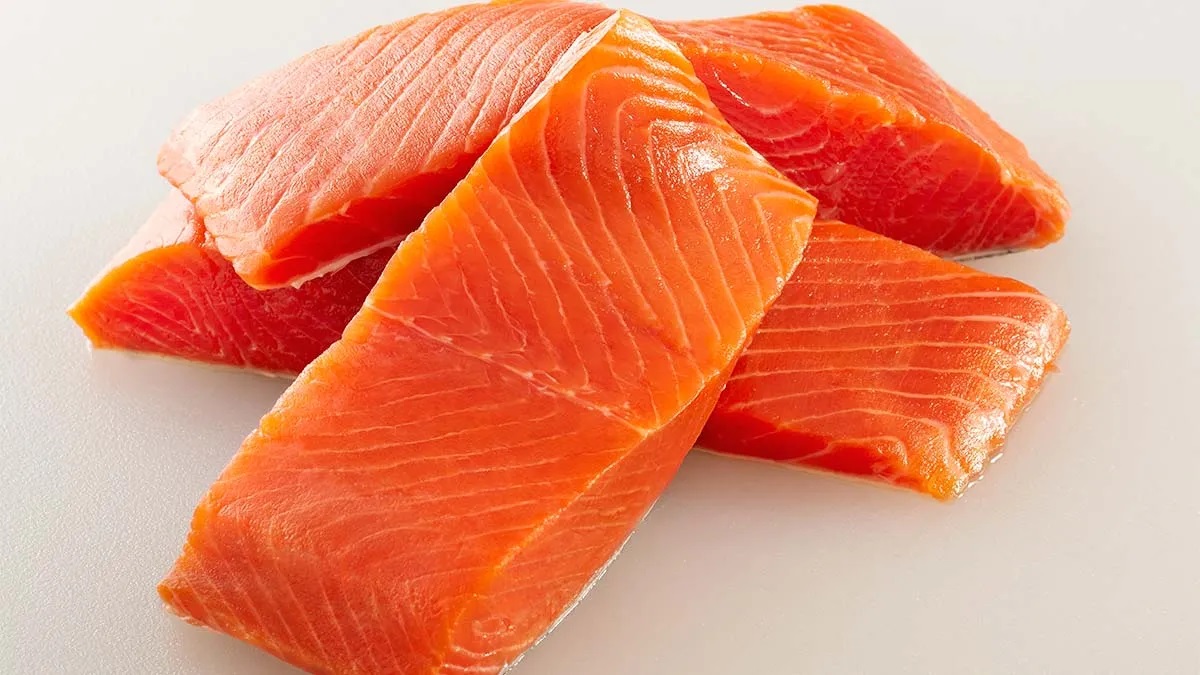

Articles
How To Store Raw Salmon
Modified: January 9, 2024
Learn how to properly store raw salmon to keep it fresh and prevent spoilage. Read our informative articles for expert tips and advice.
(Many of the links in this article redirect to a specific reviewed product. Your purchase of these products through affiliate links helps to generate commission for Storables.com, at no extra cost. Learn more)
Introduction
When it comes to storing raw salmon, proper storage techniques are essential to maintain its freshness and prevent the growth of bacteria. Whether you’ve bought a fresh fillet from the market or have leftovers from a delicious salmon dinner, knowing how to store it correctly will help extend its shelf life and preserve its flavor.
In this article, we will explore the best practices for storing raw salmon. We’ll cover safety considerations, choosing the right container, proper temperature storage, the difference between fresh and frozen salmon, preparing salmon for storage, storing salmon in the refrigerator and freezer, thawing frozen salmon, tips for extending shelf life, and much more. By following these guidelines, you can make the most out of your salmon while ensuring it stays safe to consume.
So, whether you’re a seafood enthusiast or just looking to enjoy a healthy and delectable meal, let’s dive into the world of proper raw salmon storage!
Key Takeaways:
- Proper storage of raw salmon is crucial for maintaining freshness and preventing foodborne illnesses. Follow safety guidelines, choose the right containers, and control storage temperatures to ensure safe and delicious consumption.
- Whether opting for fresh or frozen salmon, proper preparation and storage techniques are essential. From hygiene practices to thawing methods, prioritize safety and quality to enjoy the benefits of this nutritious seafood.
Read more: How To Store Salmon
Safety Considerations
When storing raw salmon, it’s crucial to prioritize safety to prevent the risk of foodborne illnesses. Here are some key safety considerations to keep in mind:
- Hygiene: Wash your hands thoroughly with soap and water before handling raw salmon. Clean all utensils, cutting boards, and surfaces that come into contact with the fish to minimize the spread of bacteria.
- Freshness: Only store fresh salmon that has been properly handled and stored prior to your purchase. If you notice any signs of spoilage, such as a strong odor or slimy texture, discard the fish to avoid the risk of foodborne illness.
- Cross-contamination: To prevent the spread of bacteria, it’s crucial to keep raw salmon away from other foods, especially those that are consumed raw or lightly cooked. Use separate cutting boards and utensils for raw fish and other ingredients.
- Use-by date: Pay attention to the use-by date on the packaging of store-bought salmon. Consuming the fish beyond this date can increase the risk of foodborne illnesses. If the use-by date is approaching, it’s best to consume or freeze the salmon as soon as possible.
- Thawing safety: If you’re storing frozen salmon and planning to thaw it, make sure to do so in a safe manner. Avoid leaving the fish at room temperature for an extended period, as it can promote the growth of harmful bacteria. Thawing in the refrigerator or using the cold-water method are the safest ways to defrost salmon.
- Proper handling: Always handle raw salmon with care to avoid cross-contamination. It’s essential to prevent the fish from coming into contact with surfaces or utensils that have been used for other raw meats or seafood.
By following these safety considerations, you can greatly reduce the risk of foodborne illnesses associated with storing raw salmon. Remember, safety should always be a top priority when handling and storing any kind of perishable food product.
Choosing the Right Container
When it comes to storing raw salmon, choosing the right container is important to maintain its quality and prevent contamination. Here are some factors to consider when selecting a container:
- Airtight: Opt for containers that have a tight seal to keep air out. This helps prevent the fish from drying out and reduces the risk of cross-contamination.
- Non-reactive: Choose containers made of non-reactive materials, such as glass, stainless steel, or food-grade plastic. These materials won’t interact with the fish, ensuring its flavor remains intact.
- Easily Cleanable: Look for containers that are easy to clean and sanitize. This helps minimize the risk of bacteria buildup and ensures the container is ready to use for future storage.
- Appropriate Size: Select a container that is appropriately sized to accommodate the size of the salmon without leaving extra room for air. This minimizes the risk of oxidation and helps maintain the quality of the fish.
Depending on your personal preference, you may choose to use plastic storage bags, plastic containers with lids, or glass containers with airtight seals. It’s important to choose containers that you feel comfortable and confident in using to store your salmon.
Additionally, consider labeling the container with the date of storage to keep track of its freshness. This will help you identify the oldest salmon in your refrigerator or freezer, allowing you to prioritize its consumption or use it for cooking purposes.
By selecting the right container for storing raw salmon, you can ensure the fish stays fresh and protected from contaminants, maintaining its quality until you’re ready to enjoy it.
Proper Temperature Storage
Temperature control is crucial when it comes to storing raw salmon. Improper temperatures can lead to bacterial growth and spoilage. Here are the recommended temperature guidelines for storing raw salmon:
- Refrigerator Storage: Raw salmon should be stored in the refrigerator at a temperature of 32°F to 38°F (0°C to 3°C). This low temperature helps slow down bacterial growth and keeps the fish fresh. It’s important to note that the refrigerator temperature should be consistently maintained to ensure proper storage.
- Freezer Storage: If you’re planning to store raw salmon for a longer period, freezing is an excellent option. The recommended temperature for storing frozen salmon is 0°F (-18°C) or lower. This temperature helps maintain the quality of the fish and prevents the growth of bacteria.
It’s important to adhere to these temperature guidelines to ensure the safety and quality of the salmon. Regularly checking and monitoring the temperature of your refrigerator and freezer is essential to verify that they are operating at the appropriate levels.
When storing salmon in the refrigerator, ensure it is placed on the bottom shelf or in the coldest part of the fridge, away from other foods. This helps prevent cross-contamination and maintains a consistent temperature for the fish.
For freezer storage, securely wrap the salmon in plastic wrap or place it in an airtight freezer bag to protect it from freezer burn. It’s a good practice to divide the fish into smaller portions before freezing, so you can thaw only what you need without compromising the quality of the entire batch.
By properly controlling the storage temperature, you can prolong the shelf life of raw salmon and ensure it remains safe and delicious for future consumption.
Fresh vs. Frozen Salmon
When it comes to storing salmon, you have the option of choosing between fresh and frozen varieties. Understanding the differences and knowing when to use each type is key to maximizing the quality and flavor of your fish.
Fresh Salmon: Fresh salmon is ideal for immediate consumption or short-term storage. It is often available at fish markets or in the seafood section of your local grocery store. Fresh salmon tends to have a vibrant color, firm texture, and delicate flavor. It is best to consume fresh salmon within 1-2 days of purchase to fully enjoy its freshness and taste. To store fresh salmon, place it in an airtight container and store it in the refrigerator at the recommended temperature of 32°F to 38°F (0°C to 3°C).
Frozen Salmon: Freezing salmon is an excellent option for long-term storage. It allows you to enjoy salmon at any time, even if it’s out of season. Frozen salmon is typically flash-frozen shortly after being caught or purchased. This process helps preserve its flavor, texture, and nutritional value. To freeze salmon, securely wrap it in plastic wrap or place it in an airtight freezer bag to protect it from freezer burn. Store it in the freezer at a temperature of 0°F (-18°C) or lower. Frozen salmon can be stored for several months, but it’s best to consume it within 3-4 months for optimal quality.
Both fresh and frozen salmon have their advantages. Fresh salmon offers the immediate enjoyment of its freshness and delicate flavor, while frozen salmon provides convenience and allows you to enjoy salmon year-round. Ultimately, the choice depends on your preferences, availability, and specific needs.
It’s worth noting that if you have purchased previously frozen salmon and thawed it, it’s not recommended to refreeze it. Thawed salmon should be consumed within 1-2 days to ensure its safety and quality.
Whether you choose fresh or frozen salmon, proper storage techniques and temperature control will help maintain its quality and ensure a delightful seafood experience.
Read more: How To Store Leftover Salmon
Preparing Salmon for Storage
Before storing raw salmon, it’s essential to properly prepare it to maintain its quality and prevent contamination. Follow these steps to prepare salmon for storage:
- Cleaning: Rinse the salmon fillets or steaks under cold water to remove any impurities or debris. Gently pat them dry with paper towels to remove excess moisture.
- Seasoning (optional): If desired, season the salmon with salt, pepper, herbs, or spices before storing. This can enhance the flavor when it’s cooked or used in various recipes.
- Wrapping: If you plan to store individual portions, wrap each piece tightly in plastic wrap. This helps prevent moisture loss and protects the salmon from freezer burn. Alternatively, you can place the portions in airtight freezer bags, removing as much air as possible before sealing them.
- Labeling: It’s a good practice to label each wrapped portion or container with the date of storage. This will help you keep track of the freshness and prioritize consuming the oldest salmon first.
By properly preparing the salmon before storage, you help maintain its texture, flavor, and overall quality. It also makes it easier to portion and thaw the fish when you are ready to use it.
Remember, it’s crucial to handle the salmon with clean hands and clean utensils during the preparation process. This minimizes the risk of bacteria transfer and improves the safety of the stored fish.
Whether you’re storing the salmon in the refrigerator or freezer, these preparation steps will contribute to ensuring optimal quality and flavor when you’re ready to cook or consume the fish.
Store raw salmon in the coldest part of the refrigerator, ideally at 32-38°F (0-3°C). Keep it in its original packaging or wrap tightly in plastic wrap to prevent cross-contamination. Use within 1-2 days for best quality.
Storing Salmon in the Refrigerator
The refrigerator is a suitable option for short-term storage of raw salmon. Follow these guidelines to store salmon properly in the refrigerator:
- Choose the right container: Place the prepared salmon in an airtight container or wrap it tightly in plastic wrap. This helps prevent the fish from drying out and minimizes the risk of cross-contamination.
- Store on the bottom shelf: Place the container with the salmon on the bottom shelf of the refrigerator. This is the coldest part of the fridge and maintains a more consistent temperature.
- Keep away from other foods: Ensure that the salmon is stored away from other foods, especially those that are consumed raw or lightly cooked. This helps avoid cross-contamination and prevents any potential transfer of flavors or bacteria.
- Check regularly: Monitor the salmon regularly for any signs of spoilage, such as a strong odor, sliminess, or a change in color. If any of these signs are present, discard the fish to avoid the risk of foodborne illnesses.
- Consume within 1-2 days: Ideally, fresh salmon stored in the refrigerator should be consumed within 1-2 days of storage to maintain its freshness and flavor. If you’re unable to consume it within this timeframe, consider freezing it for longer storage.
It’s important to note that the storage time may vary depending on the freshness of the salmon at the time of purchase. Always use your best judgment and trust your senses to determine if the salmon is still safe to consume.
By following these guidelines, you can safely store raw salmon in the refrigerator while ensuring its quality and minimizing the risk of spoilage or contamination.
Storing Salmon in the Freezer
Freezing raw salmon is a great option for long-term storage, preserving its freshness and flavor until you’re ready to use it. Here’s how to store salmon in the freezer:
- Proper packaging: Wrap the prepared salmon tightly in plastic wrap or place it in an airtight freezer bag. Ensure there is no excess air in the packaging, as it can lead to freezer burn.
- Labeling: Label the package with the date of storage. This will help you keep track of the freshness of the salmon and prioritize consuming the oldest fish first.
- Freezer location: Place the wrapped salmon in the coldest part of the freezer, such as the back or the bottom shelf. This ensures a consistent temperature and minimizes temperature fluctuations.
- Freezing duration: Frozen salmon can be stored for several months, but it’s recommended to consume it within 3-4 months for optimal quality. After this time, the flavor and texture may start to degrade.
It’s important to note that the quality of salmon may slightly deteriorate in the freezer due to the formation of ice crystals. However, when properly packaged, frozen salmon can still be delicious and convenient for cooking and meal preparation.
When you’re ready to use the frozen salmon, ensure you thaw it safely. The best method is to transfer the wrapped salmon to the refrigerator and allow it to thaw slowly overnight. If you’re in a hurry, you can use the cold-water method by placing the wrapped salmon in a sealed plastic bag and submerging it in cold water. Change the water every 30 minutes until the salmon is thawed.
Remember, once the salmon is thawed, do not refreeze it. Always cook and consume thawed salmon within 1-2 days to maintain its quality and safety.
By following these guidelines, you can store raw salmon in the freezer without compromising its taste and texture, ensuring it remains fresh for future use.
Thawing Frozen Salmon
Thawing frozen salmon properly is essential to maintain its texture, flavor, and overall quality. Here are the recommended methods for thawing frozen salmon:
- Refrigerator thawing: The best and safest method for thawing frozen salmon is to transfer it from the freezer to the refrigerator. Place the wrapped salmon in a shallow dish or on a plate to catch any drips. Allow the salmon to thaw slowly in the refrigerator overnight or for approximately 24 hours. This gradual thawing process ensures that the fish stays at a safe temperature and maintains its quality.
- Cold-water thawing: If you’re in a hurry and need to thaw the salmon quickly, you can use the cold-water method. Ensure the salmon is tightly wrapped or placed in a sealed plastic bag to prevent water contamination. Submerge the wrapped salmon in a bowl or sink filled with cold water. Change the water every 30 minutes to maintain a consistent temperature. It usually takes about 1-2 hours to thaw salmon using this method, depending on the size and thickness of the fish.
- Microwave thawing (last resort): If you’re in a time crunch and need to thaw the salmon immediately, you can use the microwave. However, this method can lead to uneven thawing and may affect the texture of the fish. Follow the microwave’s defrost settings and be cautious not to cook the salmon. It’s best to use this method as a last resort.
Once the salmon is thawed, it’s important to handle it safely and cook it promptly. Avoid refreezing thawed salmon, as it can impact the quality and safety of the fish.
Keep in mind that thawed salmon should be consumed within 1-2 days to maintain its freshness and prevent the risk of bacterial growth. If you have thawed more salmon than you need, you can cook the extra portions and store them in the refrigerator for an additional day or freeze them for future use.
By following these thawing methods, you can safely and effectively thaw frozen salmon, ensuring that it retains its delicious flavor and quality for your next culinary creation.
Read more: How To Store Raw Beef
Tips for Extending Shelf Life
To maximize the shelf life of raw salmon and ensure it stays fresh and safe to consume, consider the following tips:
- Proper storage temperature: Maintain the recommended storage temperatures for both the refrigerator and freezer. Keep the refrigerator between 32°F to 38°F (0°C to 3°C) and the freezer at 0°F (-18°C) or lower.
- Regularly check and monitor: Regularly inspect the salmon for any signs of spoilage, such as a strong odor, sliminess, or discoloration. These are indicators that the fish should be discarded.
- Adhere to use-by dates: Pay attention to the use-by dates on store-bought salmon and consume it before the expiration date. Using the fish beyond this date increases the risk of foodborne illnesses.
- Practice FIFO: FIFO stands for “First In, First Out.” This principle involves using the oldest salmon first before consuming newly stored fish. Labeling and organizing your salmon in the refrigerator or freezer will help you follow this practice.
- Avoid temperature fluctuations: Keep the storage temperature consistent by avoiding frequent opening of the refrigerator or freezer. Temperature fluctuations can affect the quality and safety of the fish.
- Store in small portions: Dividing the salmon into smaller portions before storage allows you to thaw only what you need, reducing waste and maintaining the freshness of the remaining fish.
- Use proper packaging: Use airtight containers, plastic wrap, or freezer bags to prevent air exposure and freezer burn. Proper packaging helps retain the salmon’s quality and flavor.
- Handle with clean hands and utensils: Always wash your hands thoroughly before handling raw salmon. Use clean utensils and cutting boards to prevent cross-contamination.
- Cook or freeze leftovers promptly: If you have leftover cooked salmon, refrigerate it promptly and consume it within 2-3 days. Alternatively, freeze it for longer storage.
By implementing these tips, you can extend the shelf life of raw salmon, ensuring its freshness and taste for a longer duration. Proper storage and handling practices play a significant role in maintaining the quality of the fish.
Conclusion
Properly storing raw salmon is essential to maintain its freshness, flavor, and safety. Whether you have fresh fillets or leftover cooked salmon, following the right storage techniques will help you make the most out of this nutritious and delicious seafood.
In this article, we covered important aspects of storing raw salmon, including safety considerations, choosing the right container, proper temperature storage, the difference between fresh and frozen salmon, preparing salmon for storage, storing salmon in the refrigerator and freezer, thawing frozen salmon, and tips for extending its shelf life.
By prioritizing safety and hygiene, choosing suitable containers, and storing salmon at the proper temperatures, you can prevent the growth of bacteria and ensure the quality of the fish. Whether you choose to enjoy fresh salmon immediately or freeze it for later use, understanding the different storage options and methods will help you make informed decisions.
Remember to thaw frozen salmon properly, using methods such as refrigerator thawing or the cold-water method, to preserve its texture and flavor. Avoid refreezing thawed salmon and consume it within 1-2 days for optimal freshness.
By implementing these storage guidelines and tips, you can confidently store raw salmon, minimizing waste and enjoying the benefits of this nutritious and versatile seafood.
So, whether you’re planning a delectable salmon dinner tonight or preparing for future meals, use this comprehensive guide as your go-to resource for storing raw salmon. With proper storage techniques, you can savor the flavors of salmon while maintaining its quality and ensuring a safe culinary experience.
Frequently Asked Questions about How To Store Raw Salmon
Was this page helpful?
At Storables.com, we guarantee accurate and reliable information. Our content, validated by Expert Board Contributors, is crafted following stringent Editorial Policies. We're committed to providing you with well-researched, expert-backed insights for all your informational needs.
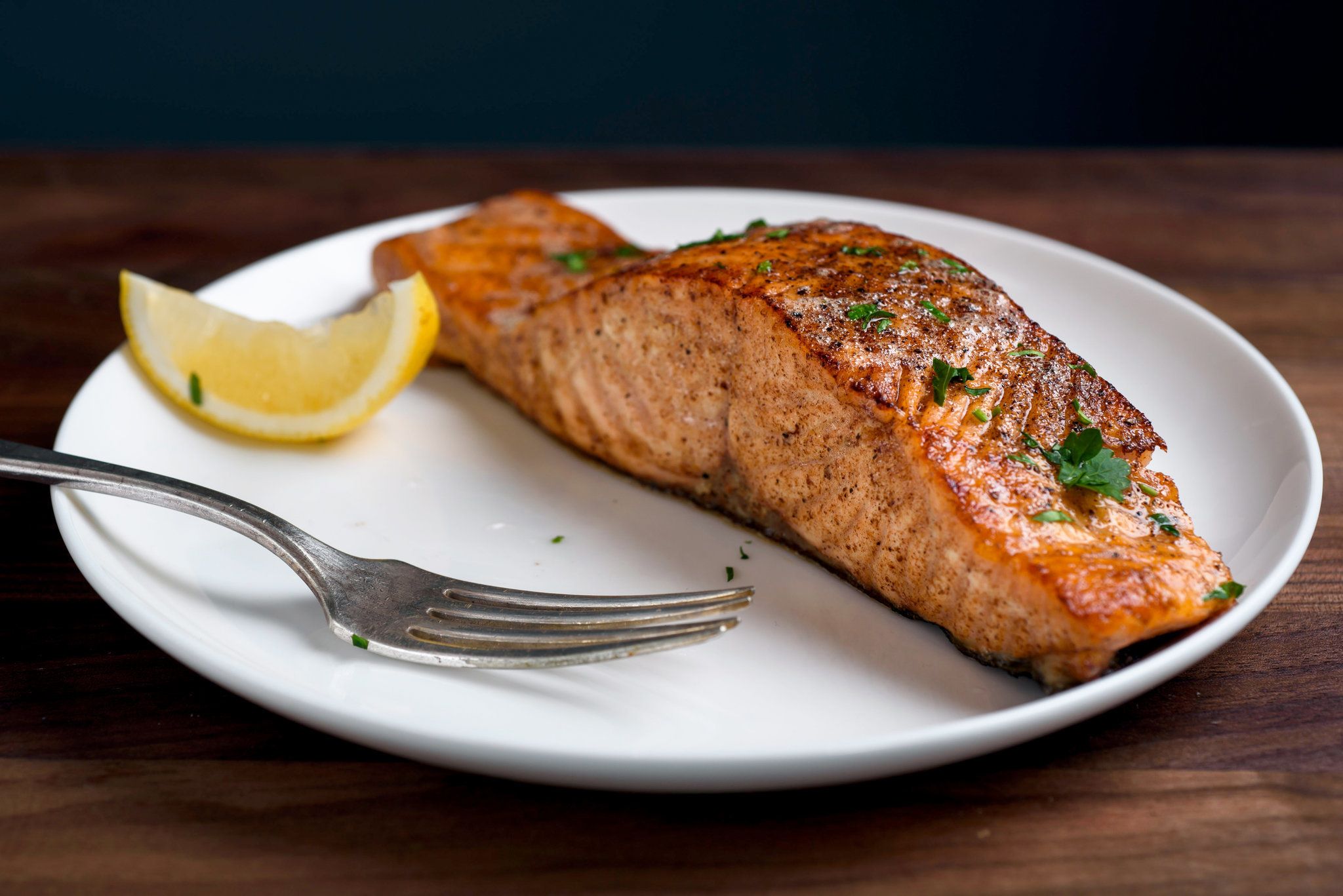

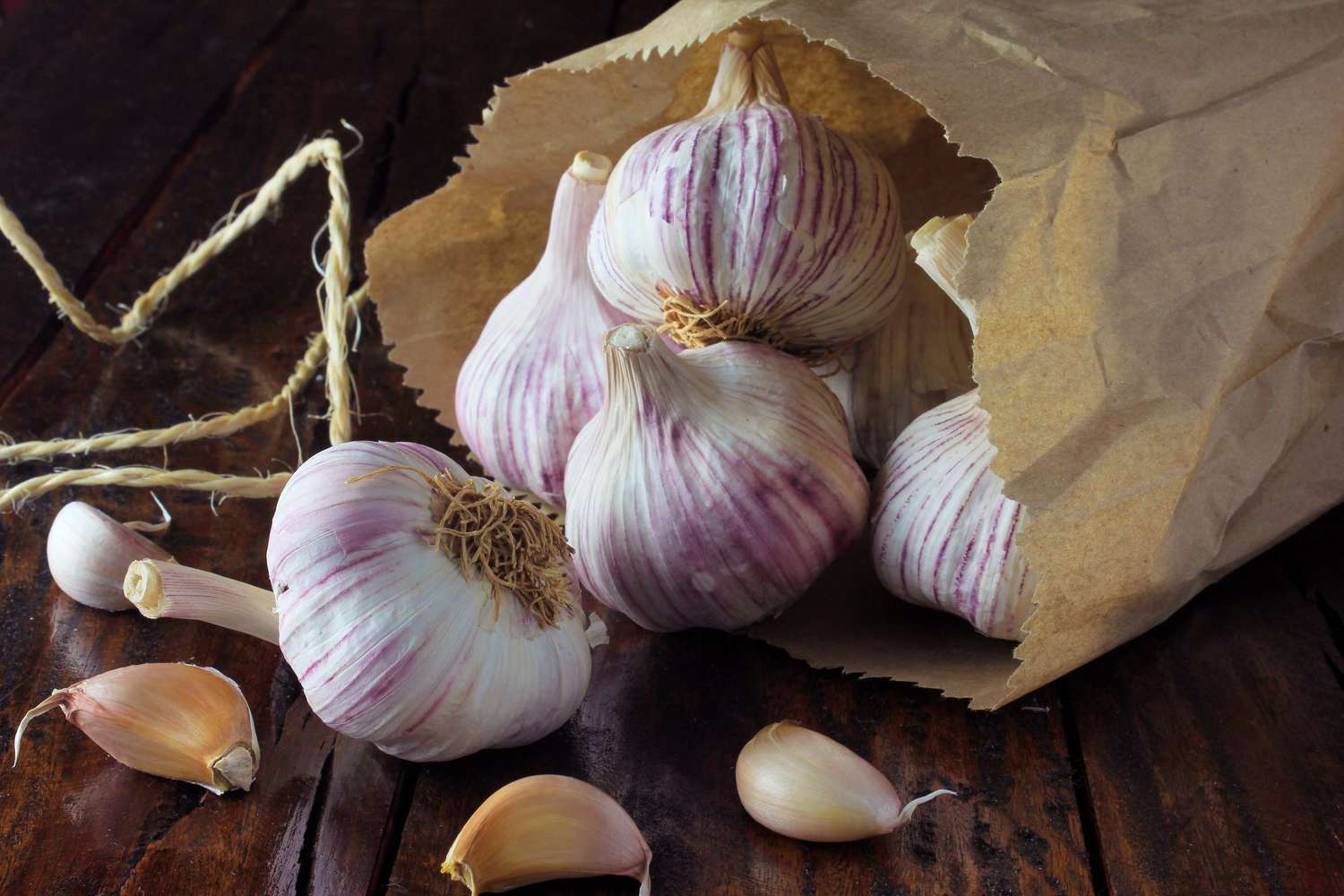
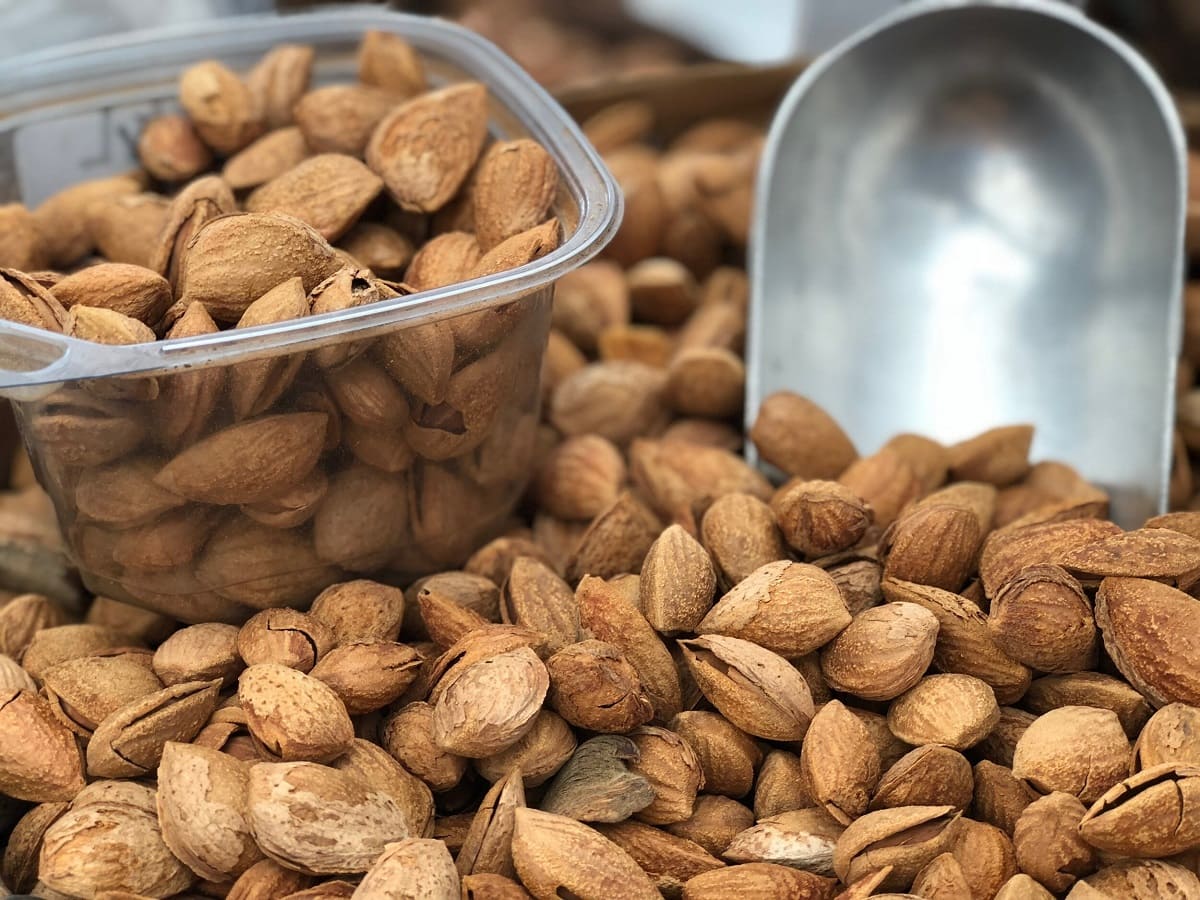
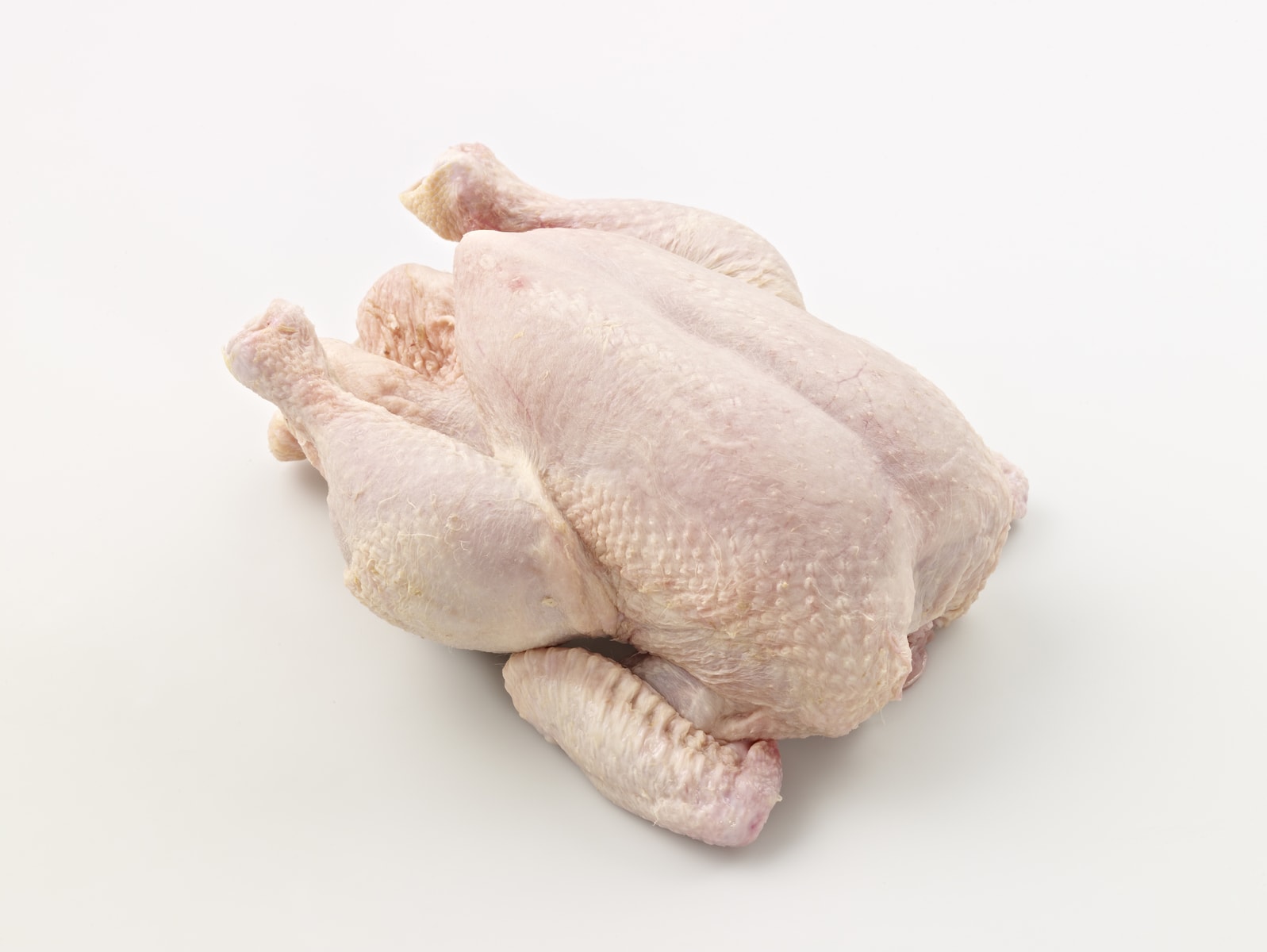

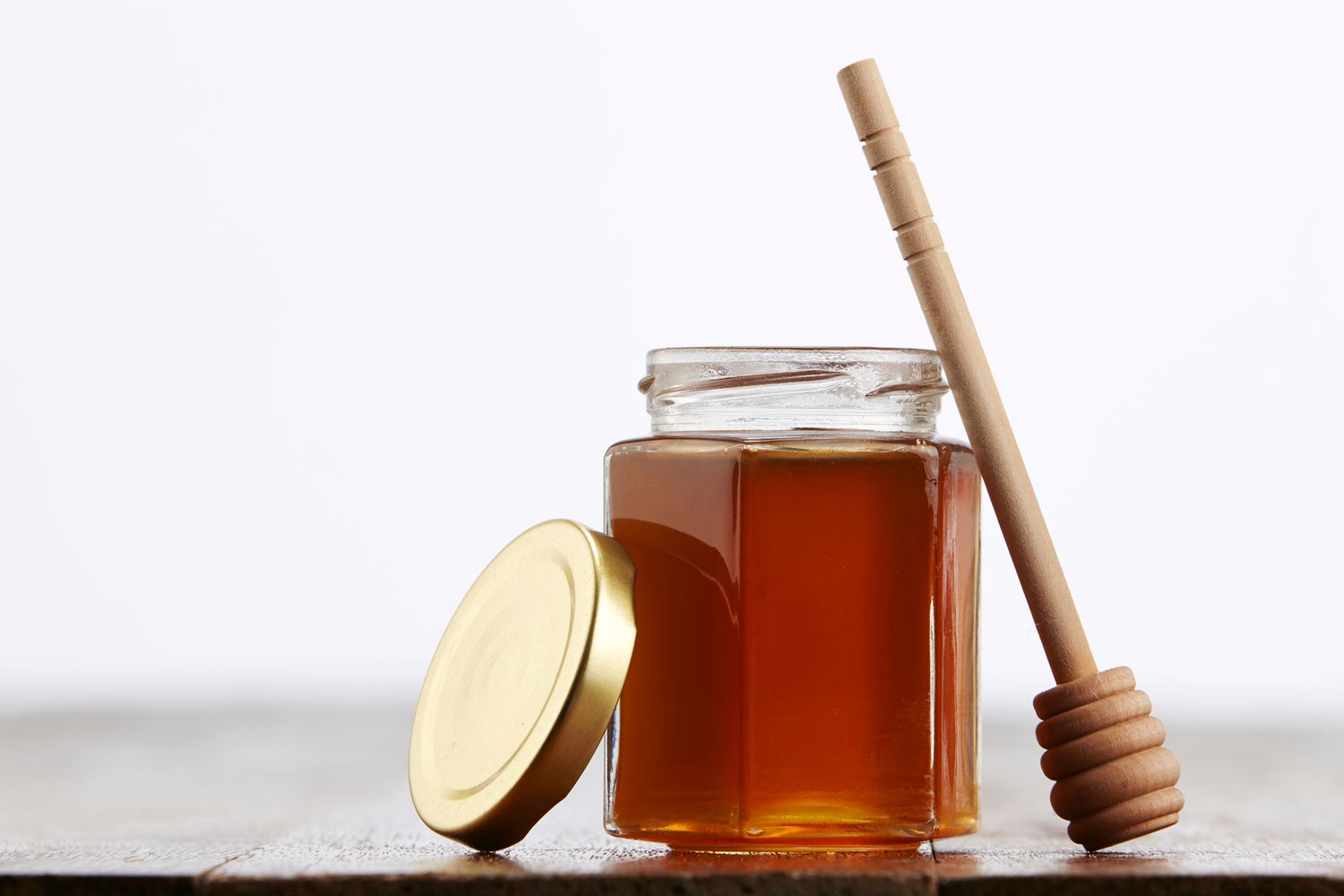
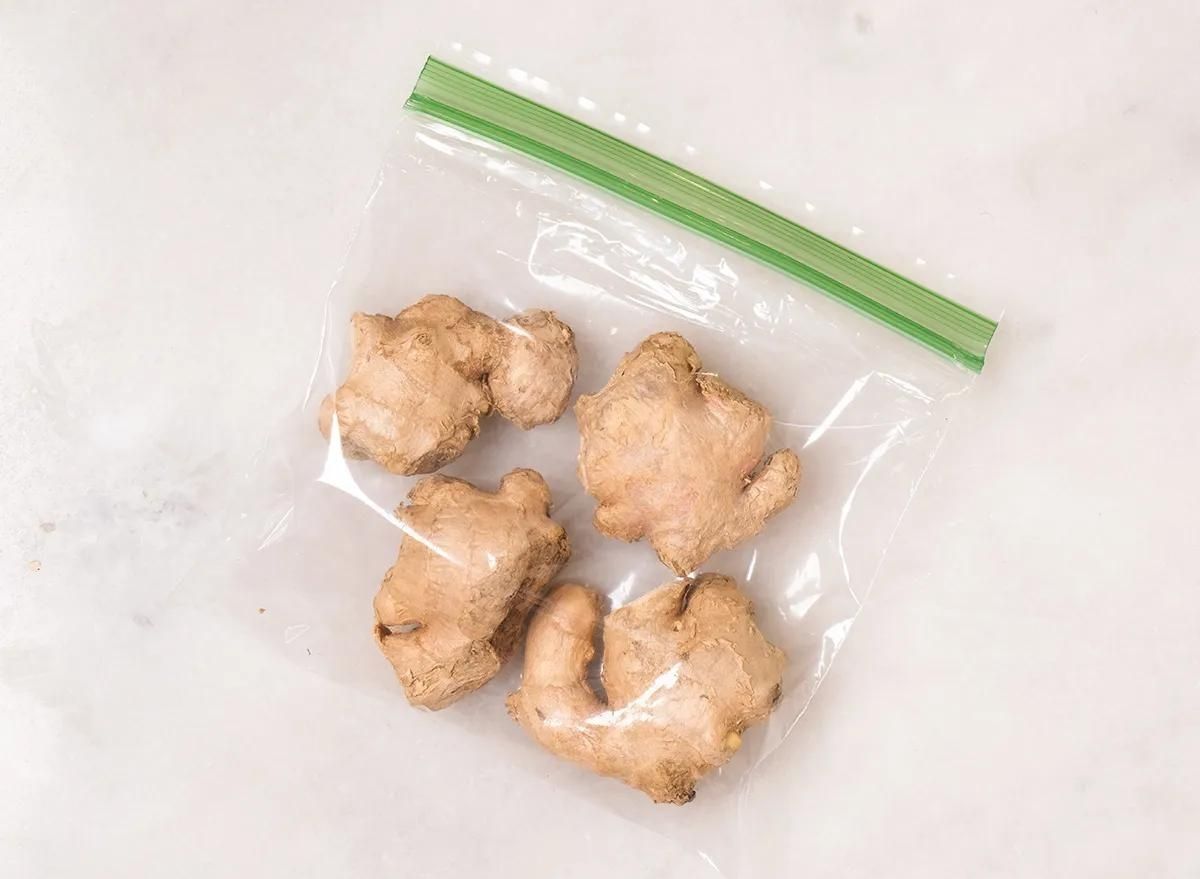

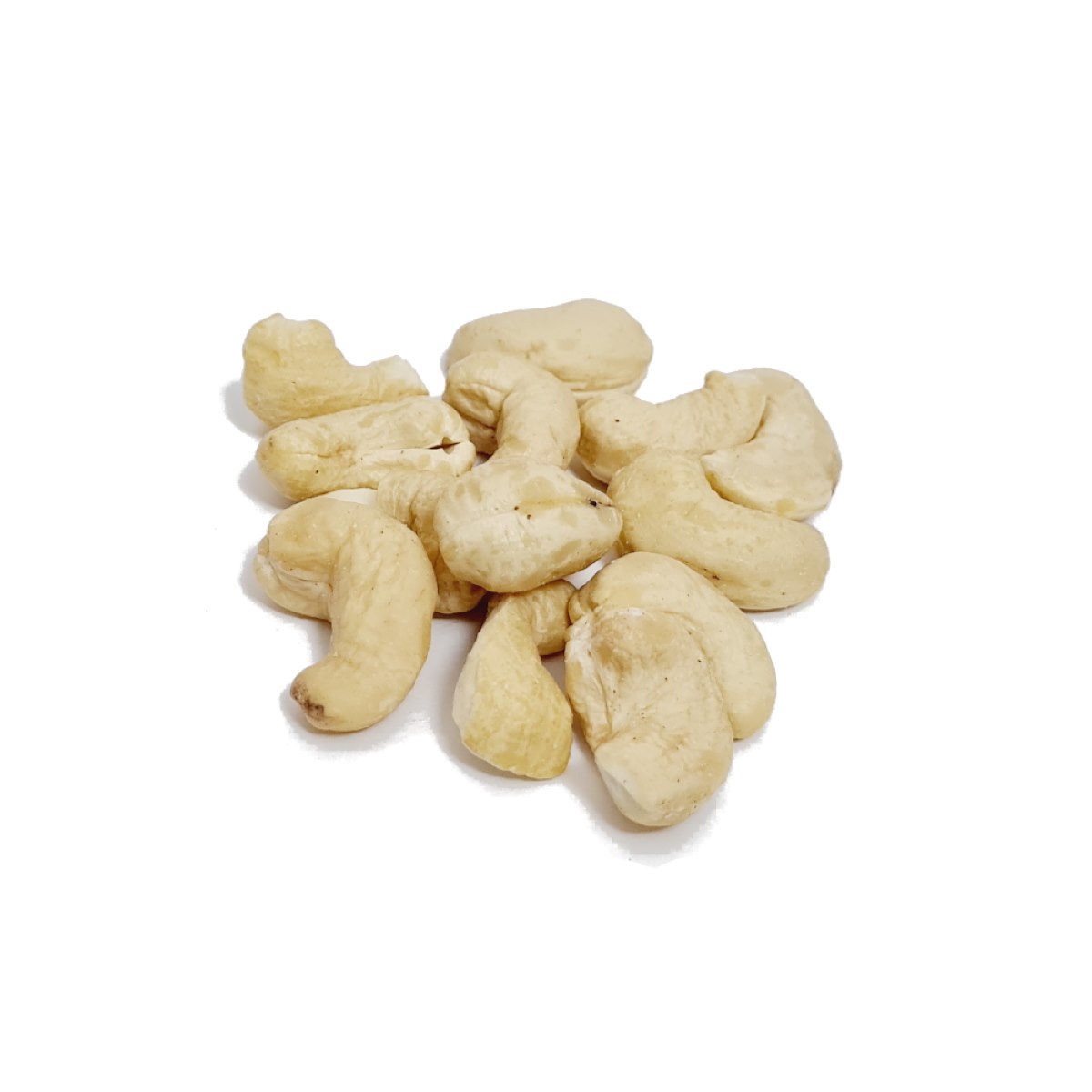

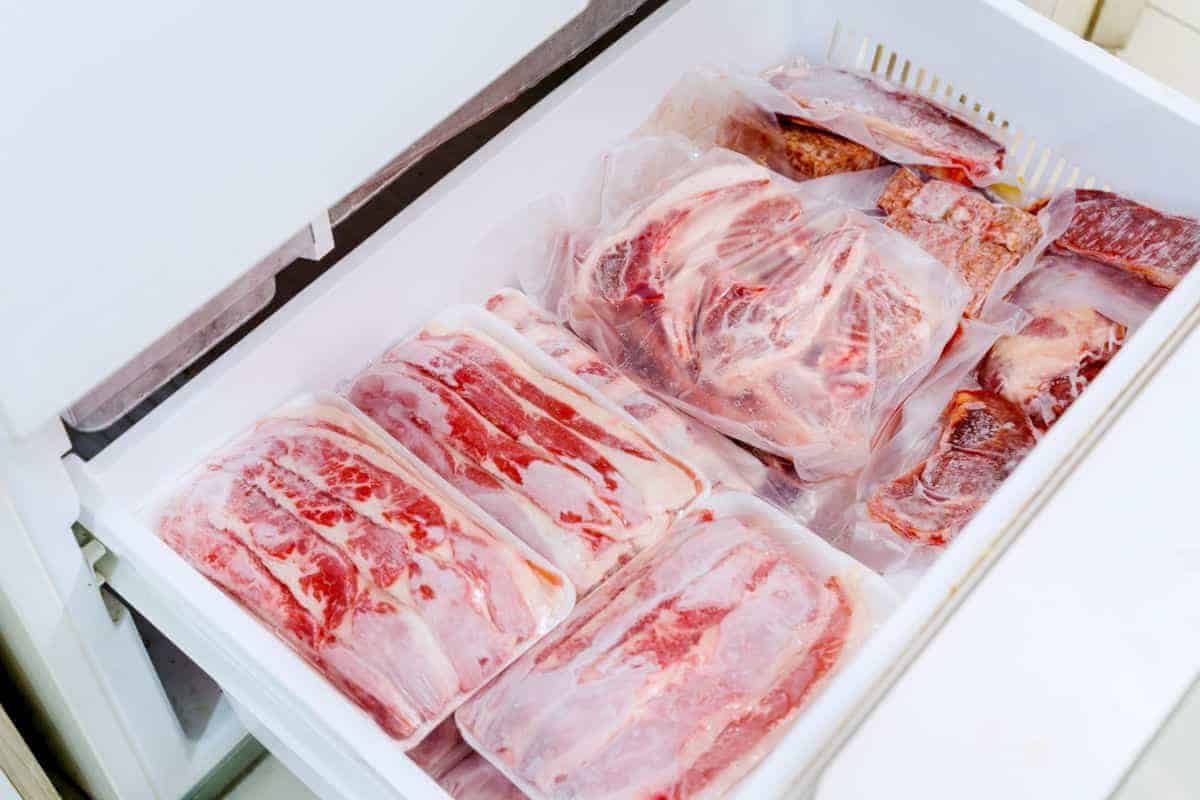
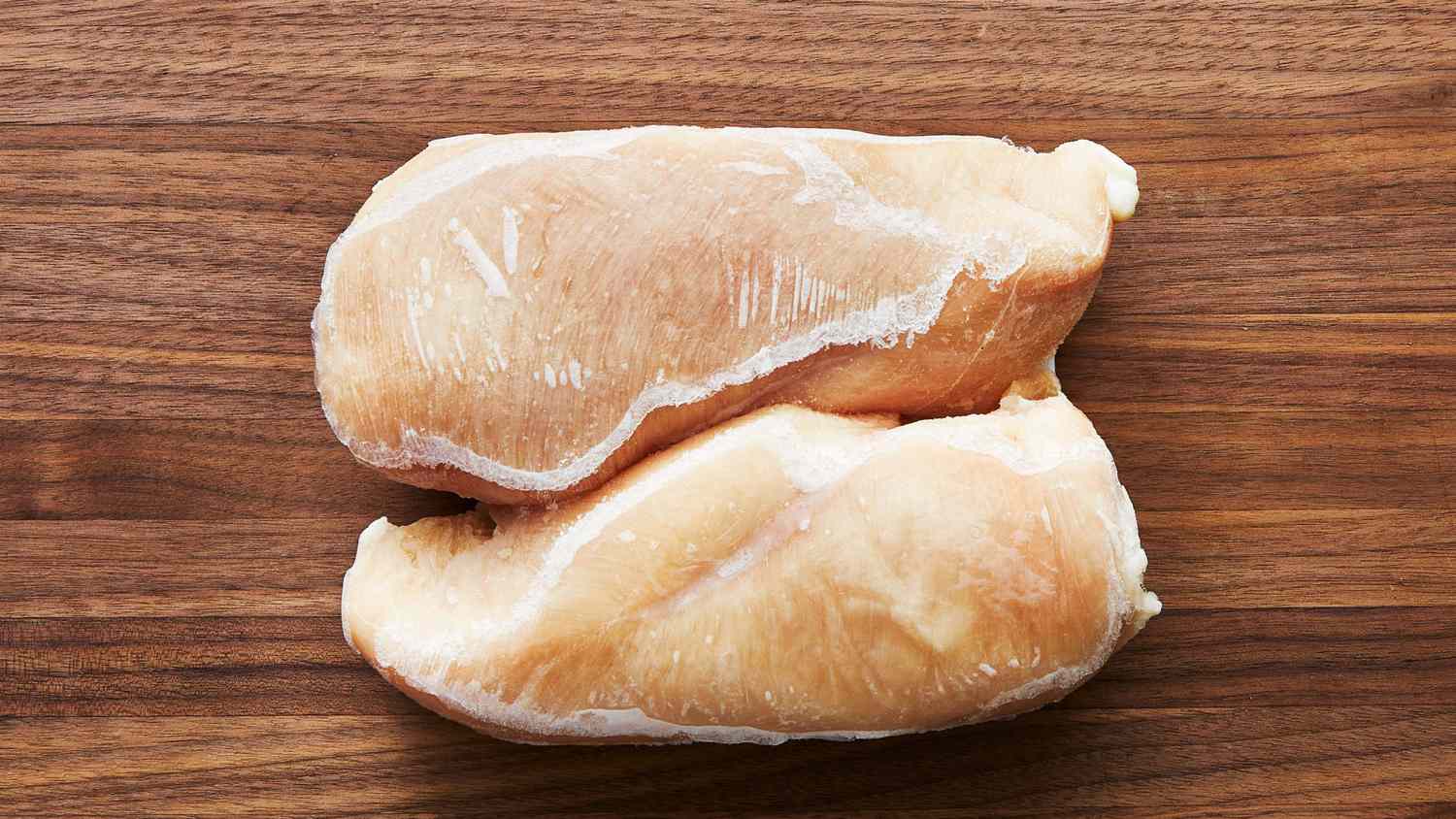

0 thoughts on “How To Store Raw Salmon”